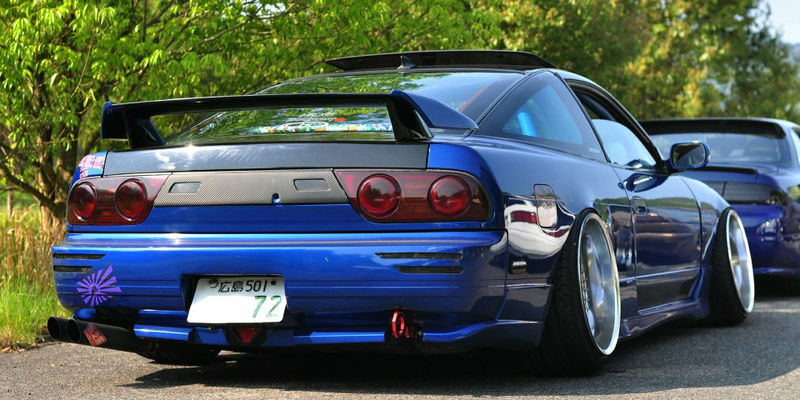To car enthusiasts, JDM classics are the pinnacle of car culture. From Super MK4 to R32 GTR to Toyota Chaser Tourer, options for enthusiasts are not too shabby. While it`s true that the US didn`t get a taste of the authentic JDM culture due to import restrictions, you now have the option to import your own. To help you in the process, companies such as JDM Import Classics maintain a healthy inventory of cars and fulfill orders on demand. You can get more details here if you`re interested in working with them. But if you want to handle the import independently, you`ll need to know the standard regulations and charges so you don`t have to let the project go midway. In this article, let us outline the rules and regulations for JDM imports in the US.
Understanding Vehicle Eligibility
If you`re into car culture, you must`ve heard of the “25-year rule”. It simply means that the vehicle you want to import must be at least 25 years old to be eligible for importation into the US. This rule exempts vehicles older than 25 years from complying with Federal Motor Vehicle Safety Standards (FMVSS) and Environmental Protection Agency (EPA) emissions requirements.
According to the US Customers and Border Protection (CBP), the 25-year period starts from the manufacturing date. If the date cannot be identified, the date of the sale or registration will take precedence.
If the vehicle you want to import is not at least 25 years old, it must comply with DOT requirements, and you`ll need to import it through a registered importer (RI). The requirements may include modifications to lighting, bumpers and other safety features.
In addition to that, it may also need to comply with EPA emissions regulations. This often involves testing and modifying the vehicle to meet US emissions standards. Vehicles that are over 21 years old may be eligible for an EPA exemption.
As the importer, you are responsible for ensuring that your JDM classic meets all applicable federal regulations. The process involves working with an importer or compliance specialist.
Taking Care of the Paperwork
The paperwork requirements for importing JDM (Japanese Domestic Market) vehicles into the United States can be extensive and require careful attention to detail. You`ll need to fill up a myriad of forms, including the HS-7 vehicle import form, EPA forms and DOT forms. Other forms needed are exemption forms, bill of sale and purchase, insurance documents, ownership and registration documents from the original owner, compliance certificates, vehicle history report, bond documents, and so on.
Needless to say, it’s crucial to maintain accurate and organized records of all these documents throughout the importation process. Working with a customs broker, importer, or compliance specialist experienced in JDM vehicle imports can be immensely helpful. This is because they can guide you through the paperwork requirements and ensure that everything is submitted correctly and on time.
Costs Associated with Importing JDM Classics
Importing JDM classics into the US involves costs beyond the vehicle’s purchase price. You must account for the shipping expenses, import duties and taxes. Compliance with EPA and DOT regulations may lead to costly modifications to meet the eligibility criteria.
Additional fees include customs entry, storage and transportation within the US. Then you have inspection fees, certification costs, documentation fees and registration expenses that can stack up the price really high.
Finally, there are ongoing insurance, maintenance and operating costs that you must also consider. Of course, the total expense will vary based on the vehicle’s condition, modifications required and location.

